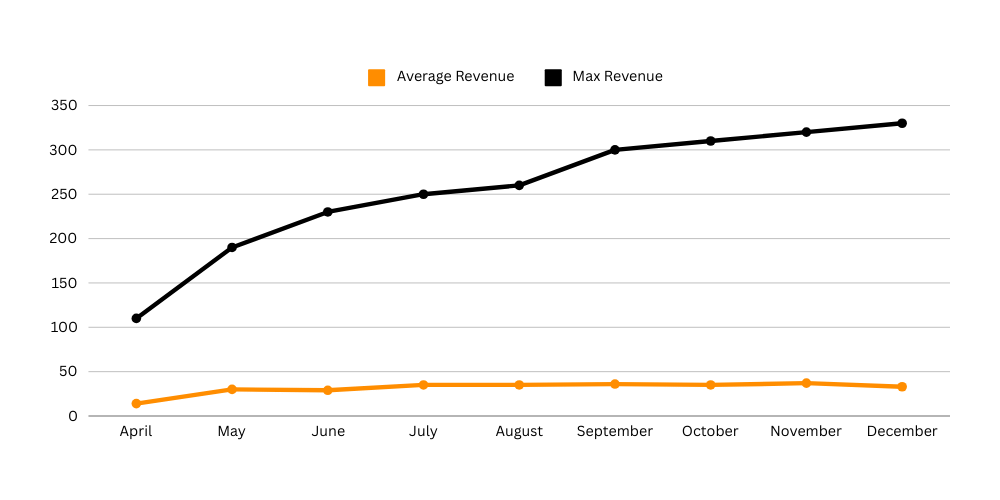Welcome back to our small music label adventure.
In the first part, we got into the details of running a label, using my experiences with Klassified Music as our guide. We discussed a range of topics, including refining your label’s identity and tips for building an audience in a sustainable way.
Now, let’s take a step further and examine additional strategies for small labels to truly thrive in the music industry.
Setting Goals For Success
Setting goals for success is essential for a small label to chart its course in the competitive music industry. Success may include various aspects, such as financial growth, artist development, brand recognition, and audience engagement.
We envisioned what a 10x bigger business might need to look like, then started working on strategies to reach that scale. Being clear of what success looks like prevents getting sidetracked amid distractions and other ideas.
Ultimately, maintaining focus is the most important.
Okay, Now I Want To 10x This
It might sound simple, but to make a business bigger, it needs to grow. I wanted to see how much bigger Klassified would have to get in order to 10x their revenue.
By breaking down your big picture goals into smaller business challenges, it helps to understand what it takes to reach those goals.
For example: If the label I was working with could source releases performing at the very best of their current catalog, I estimated that they would need ~100 more releases performing at the top of their current roster, a significant step up from today’s level of releases.
Even more striking, if they source releases performing at their current average that number almost 10xs and gets close to 900.
Even at this insight, you can stop and gut check to see if your current infrastructure could hold that increase in volume of releases. It is likely a very different business that supports 100-900 more releases than what you have now.

Consider diversifying into new markets or exploring innovative business models, such as subscription-based services or strategic partnerships with emerging artists, to unlock untapped revenue opportunities. By growing income sources alongside making more music, small music labels can get closer to their 10x revenue aim.
Earning Beyond Streaming
Sure, streaming is a big part of the picture, but there’s so much more potential waiting to be explored. With a well-performing streaming catalog, Klassified Music opens the door to additional earning opportunities. Think sync licensing, live performances, brand partnerships, and other avenues that require a bit of legwork but offer significant payoffs.
So, it’s not just about selling music; it’s about leveraging the success of streaming to achieve new revenue streams. By putting in the effort to capitalize on these opportunities, Klassified Music can enhance their earnings and secure a position as a prominent small label.
The Ever Present Dilemma: Quality or Quantity?
Now, let’s address a common dilemma faced by small music labels like Klassified: Should we pursue a few high-profile artists or focus on signing a multitude of average ones?
The answer lies in striking a balance between quality and quantity.
While high-profile artists can bring instant recognition and prestige to a label, they might come with hefty price tags and demanding schedules. Of course, this is not always the case, but it’s good enough of a reason for most small labels to not choose this option.
On the other hand, cultivating a diverse roster of emerging talent allows for greater flexibility, creativity, and long-term growth potential.
By going for a mix of established and up-and-coming artists, Klassified Music can broaden its appeal, capture new audiences, and foster a vibrant community of music enthusiasts. Ultimately, the decision boils down to aligning with Klassified Music’s unique vision, goals, and resources.
Let’s Wrap It Up
Running a small music label is all about finding your rhythm in the industry.
It’s not just about making money; it’s about making a mark. From nurturing talent to finding innovative ways to grow, every step shapes your journey. With passion, persistence, and a bit of creativity, you can turn your label into a force in the music world.
Ready to take your music label to the next level? Whether you’re looking for guidance on scaling your business, I’m here to help. Get in touch with me today for personalized music industry advisory tailored to your needs.




